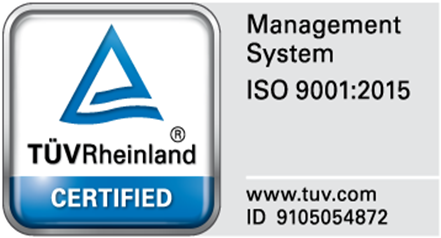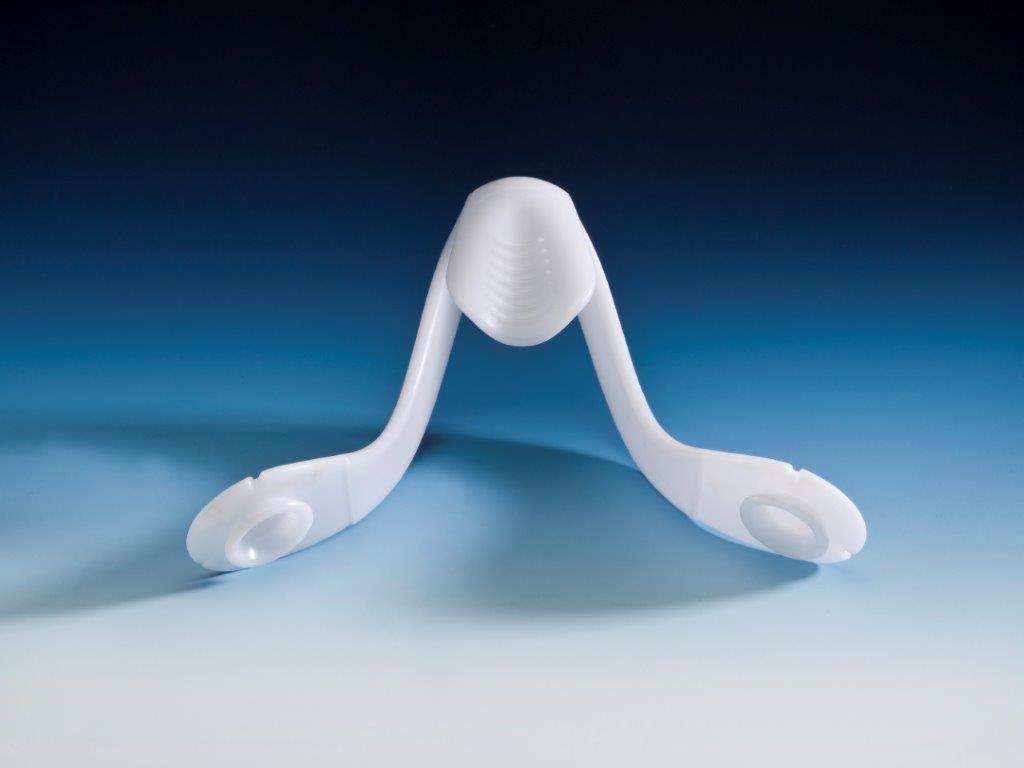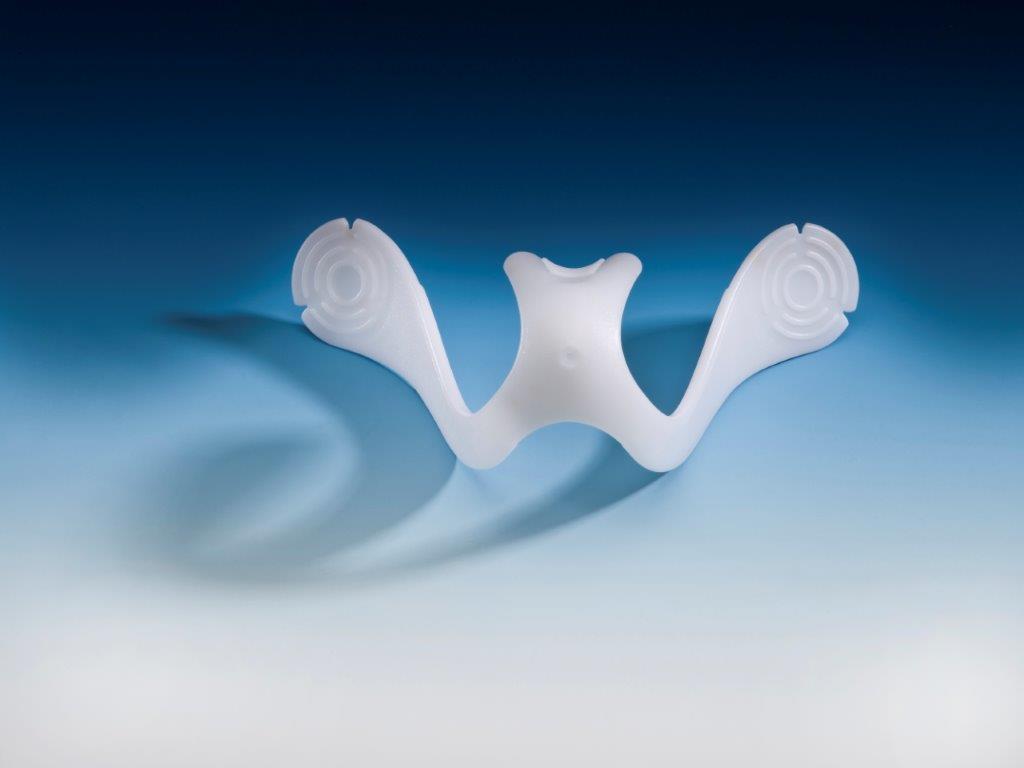
Delivery Room
Hegenberger Retractor - Transforms postpartum



Transforms postpartum exploration and suturing
On average 85% of pregnant women suffer some degree of trauma due to laceration and/or episiotomy during a vaginal delivery, on average 70% of these women will require suture.
Insufficient diagnosis of the degree/extent of the lesion or incision (episiotomy) and the natural difficulty in performing the repair/suture procedure more effectively can lead to possible undesirable consequences for recovery in the puerperium phase and even in the long term.
The proposed solution – Hegenberger's Retractor
The Hegenberger Retractor is a self-retaining device that allows the Obstetrics doctor/nurse a clear, unobstructed view of the birth canal and the area to be sutured, allowing for a complete, efficient repair and with better results. The main advantages of the suturing procedure with a retractor are as follows:
- Good visibility
- Best incision evaluation
- “Gold standard” technique
- Best execution conditions
- Greater parturient satisfaction
- Reduces manipulation and contact with tissues
- Reduced suturing time
- Greater safety in the procedure
Hegenberger's Retractor
It was designed in 2019 by specialist professionals in the field of Obstetrics, based on the need felt in their vast clinical experience.
After 2 years on the market, it is already extensively used in Scandinavia (Denmark, Sweden, Norway) as well as in the SNS maternity hospitals in the United Kingdom and Ireland. Germany is starting to use it as a standard.
Difficulties and complaints felt by pregnant women during the suture procedure in the postpartum period
- Time-consuming procedure (with greater impact on pregnant women with high BMI).
- Repeated manipulation of tissues.
- Disruption in the first hours of contact between mother and child.
- An “insufficient” diagnosis and a less favorable repair procedure can have very negative consequences in the short, medium and long term in the woman's life.
- Parturient dissatisfaction.
Barriers/Difficulties felt by professionals to perform the suture procedure in the postpartum period
- Painful procedure, e.g. by fatigue after a long and/or difficult birth.
- A “natural” challenge in diagnosing the degree of injury.
- Professionals in a difficult position and usually confined to the procedure, which can become long and painful.
- Risk of accident due to pricking with the suture needle, in current practice.
- Overload of professionals in situations of excessive requests (contingency).
- Need for at least one other person to provide support (eg, holding the external genitalia during the procedure).